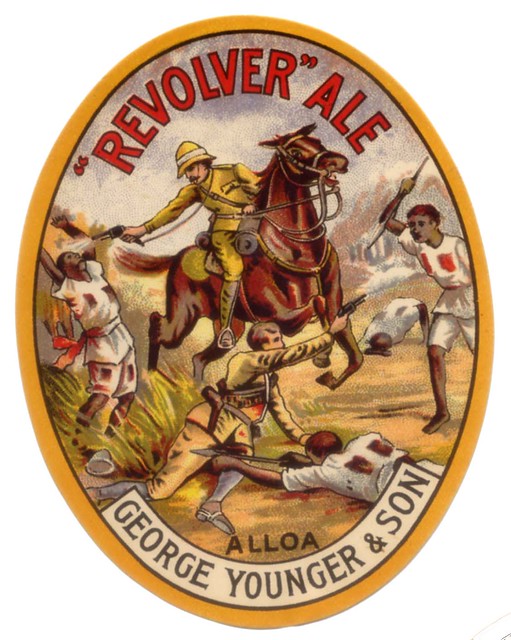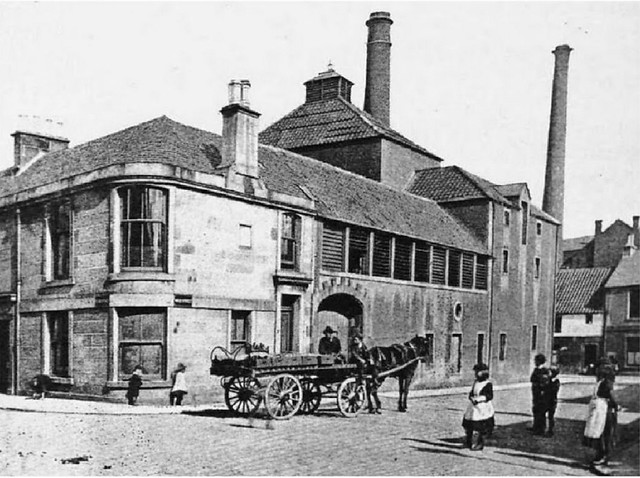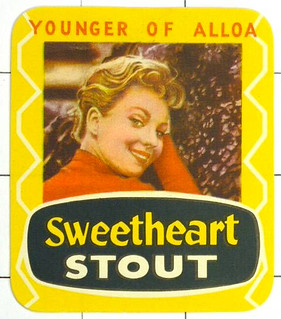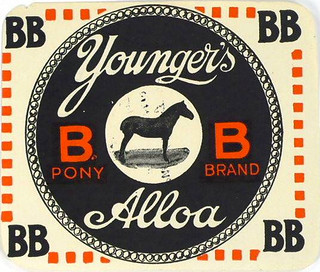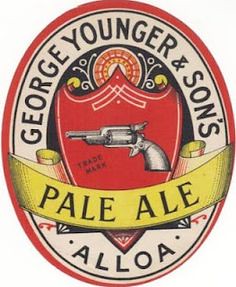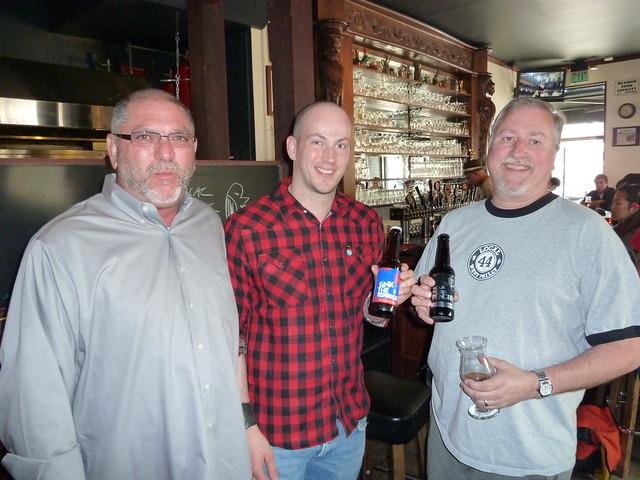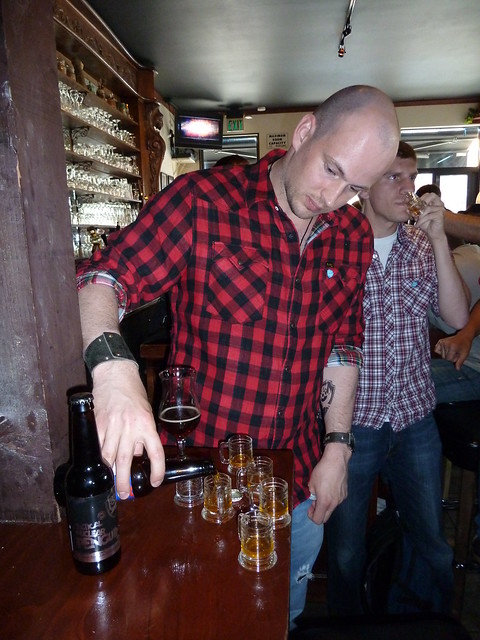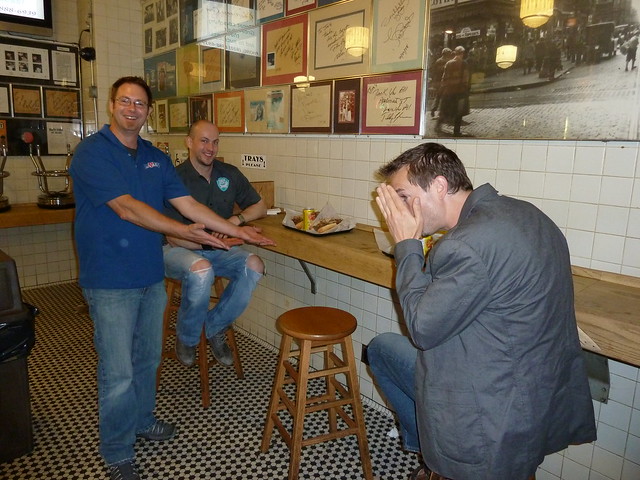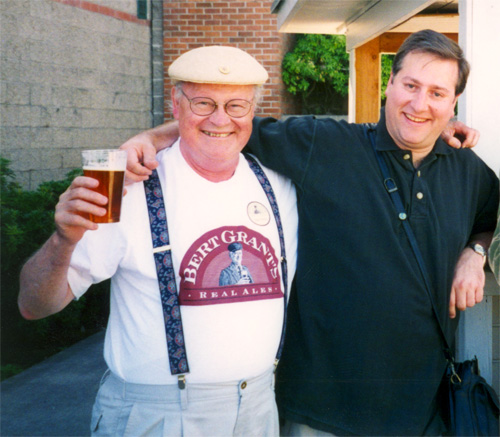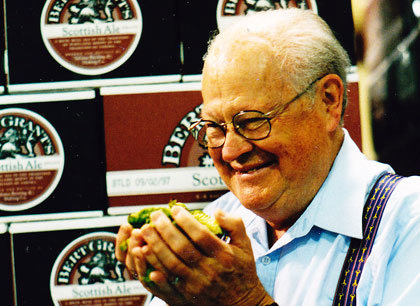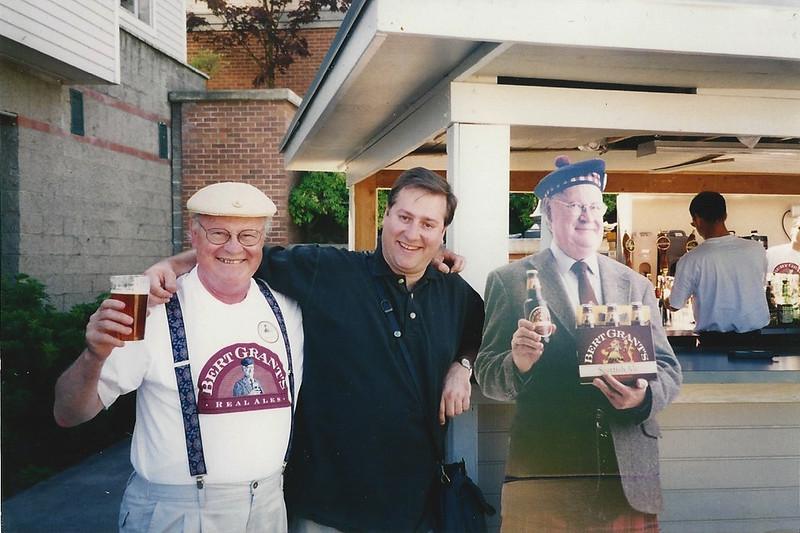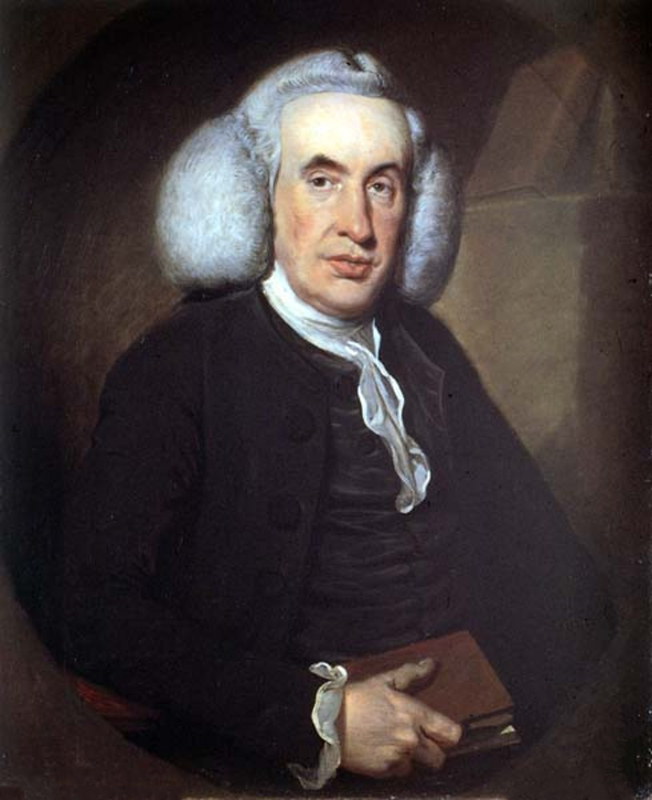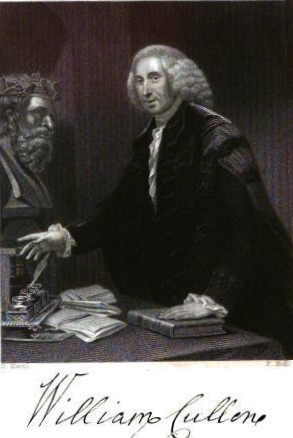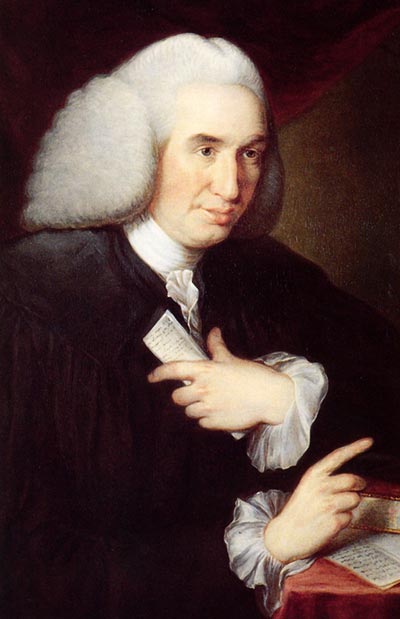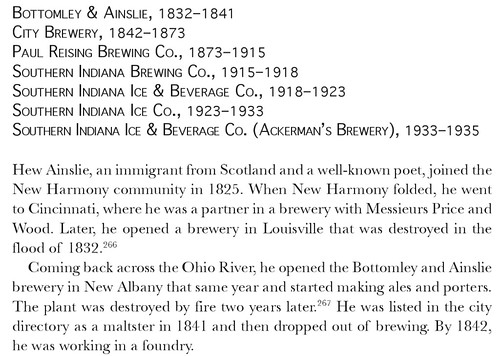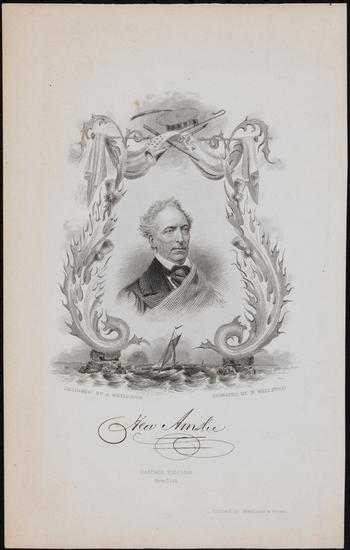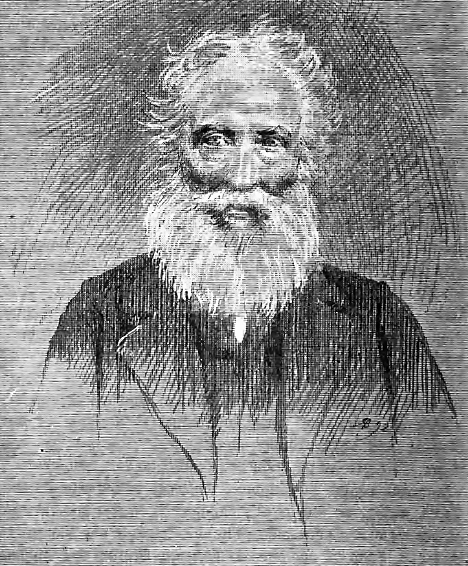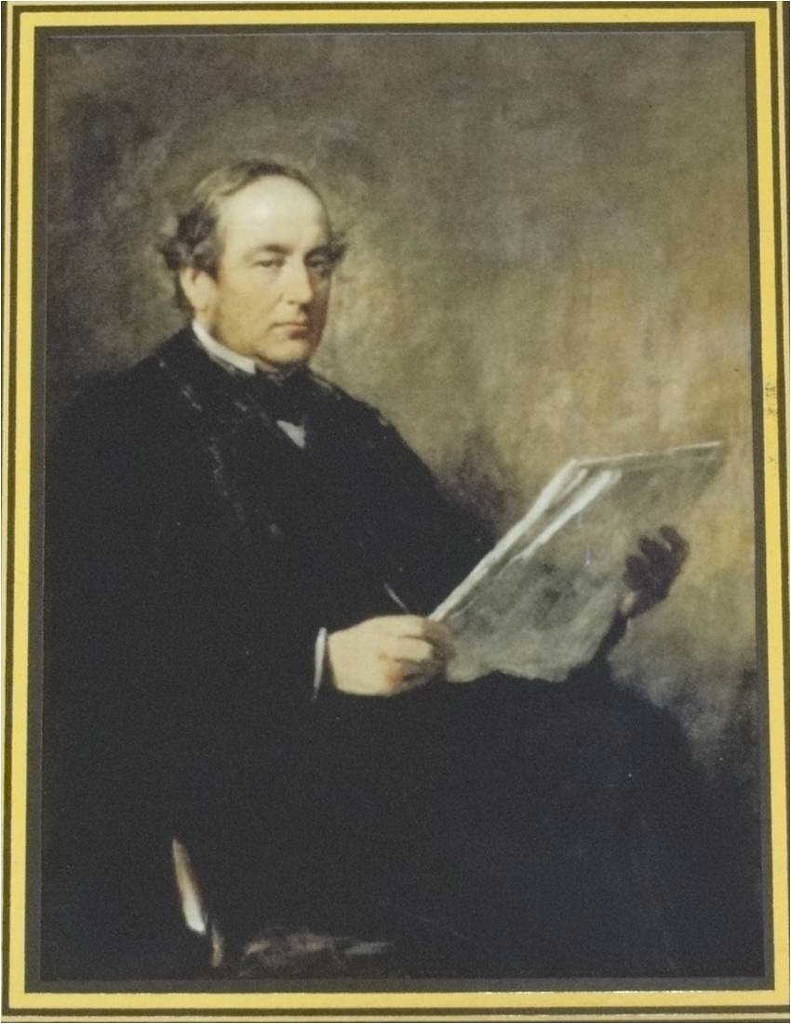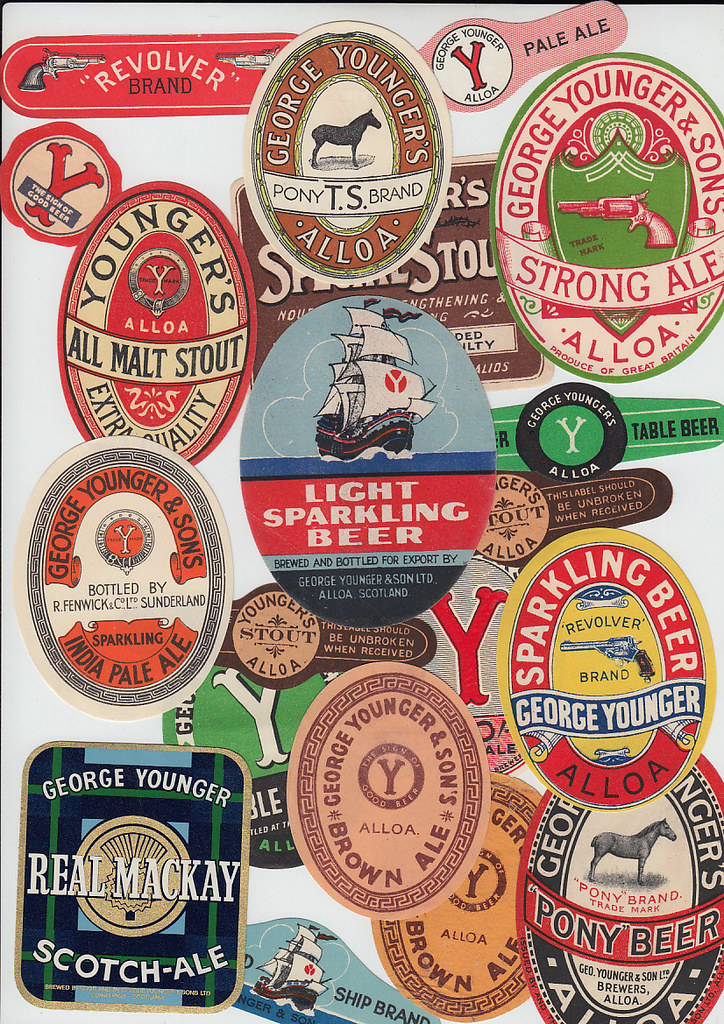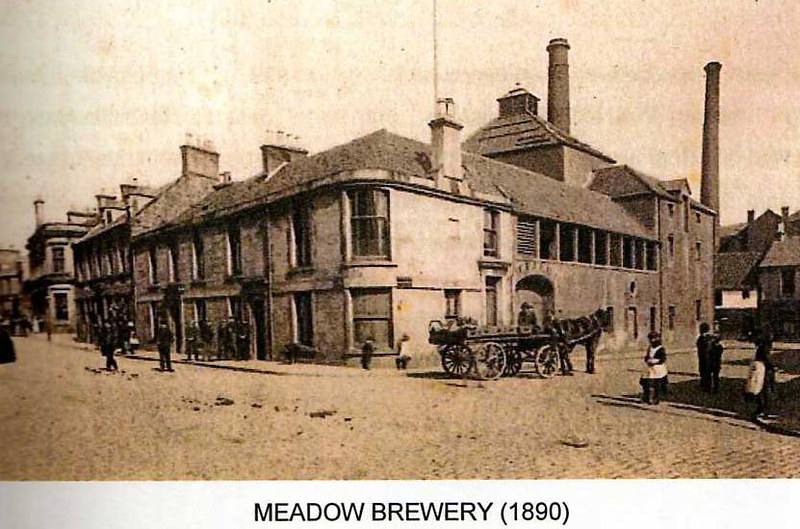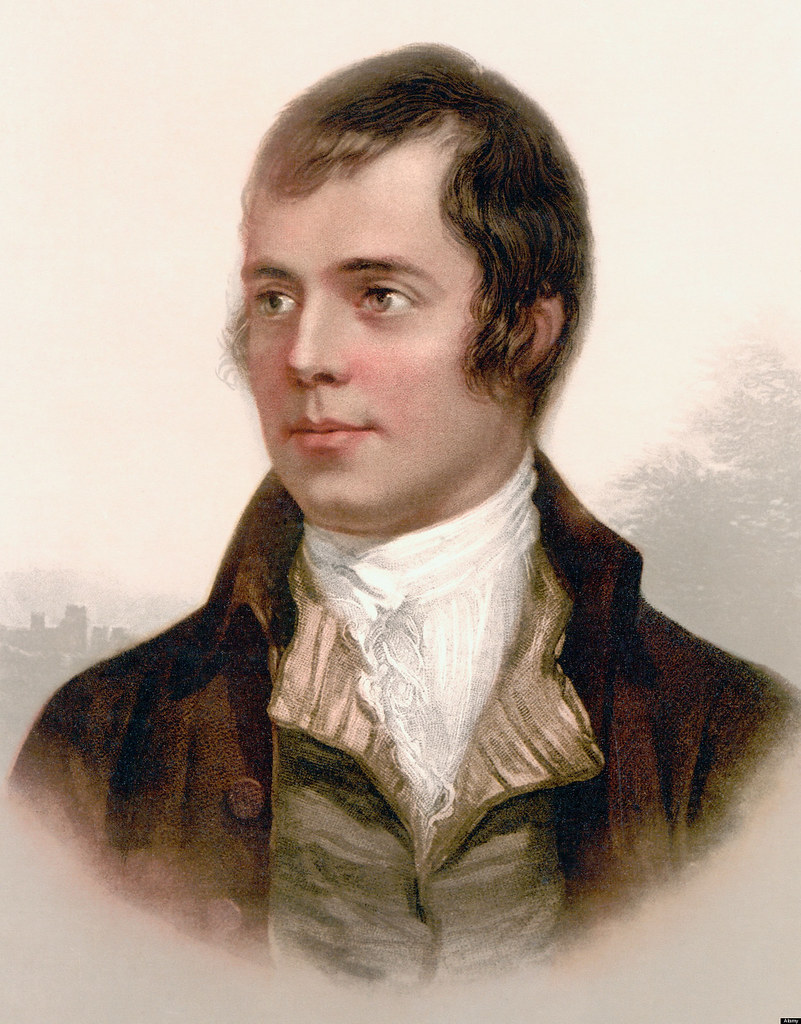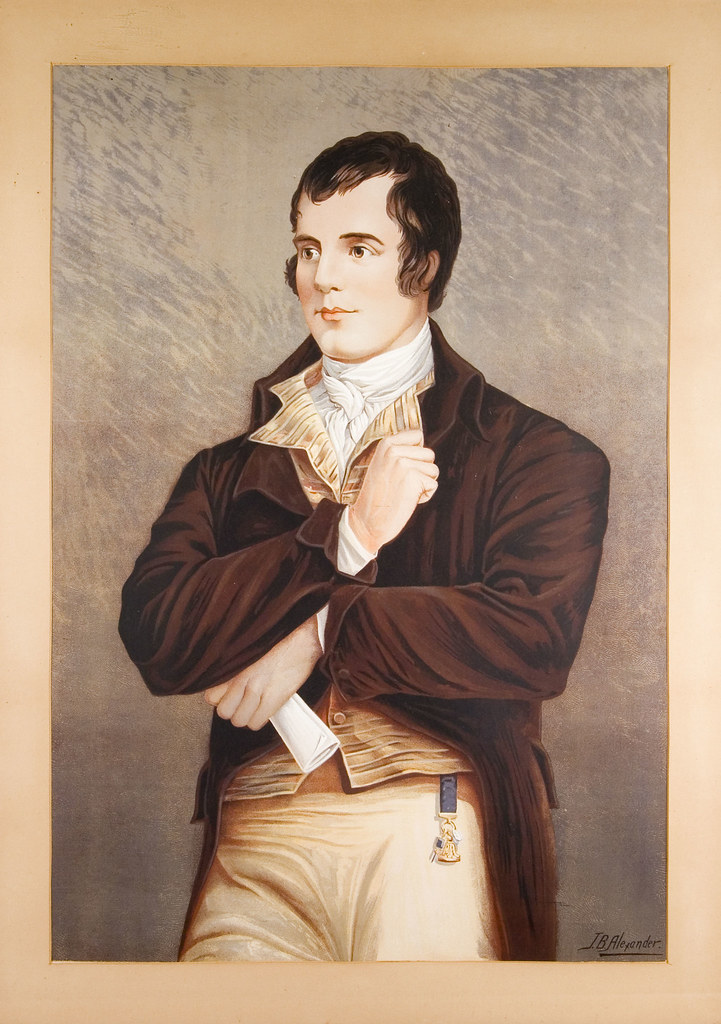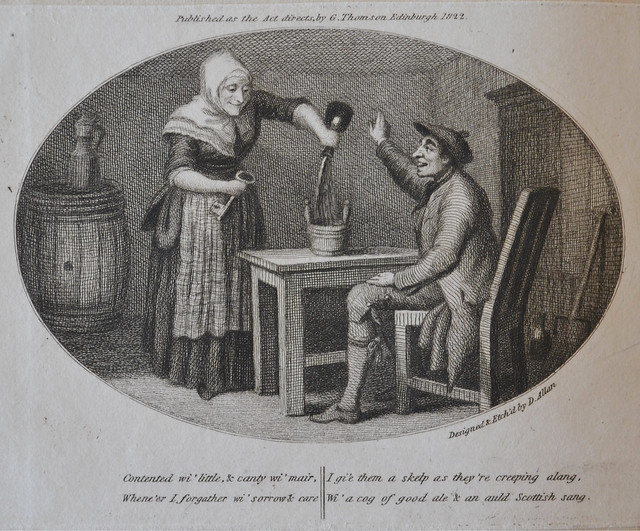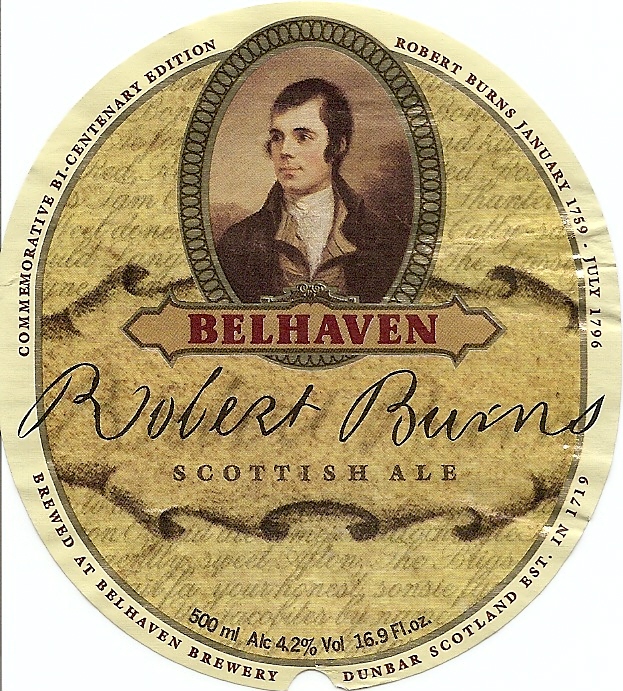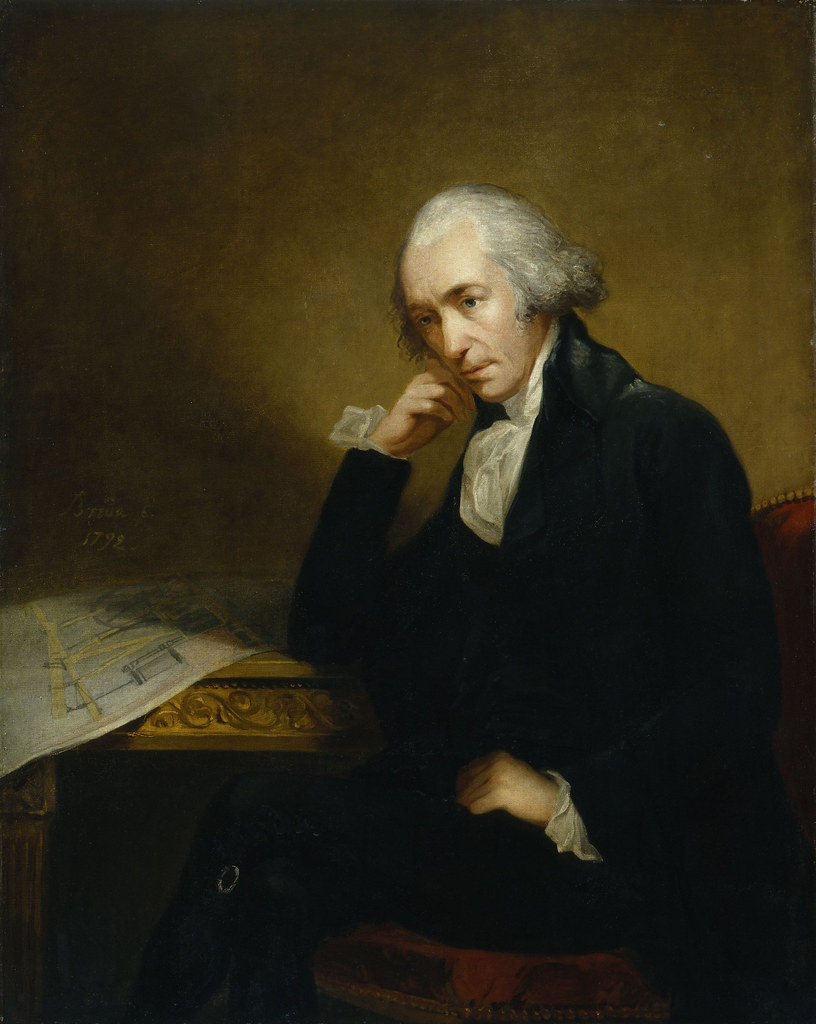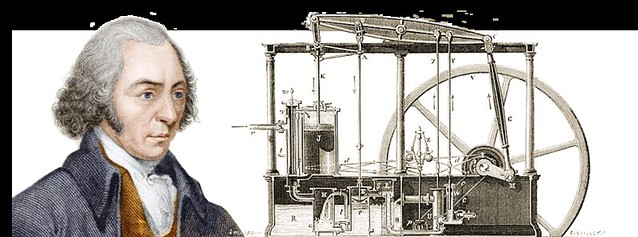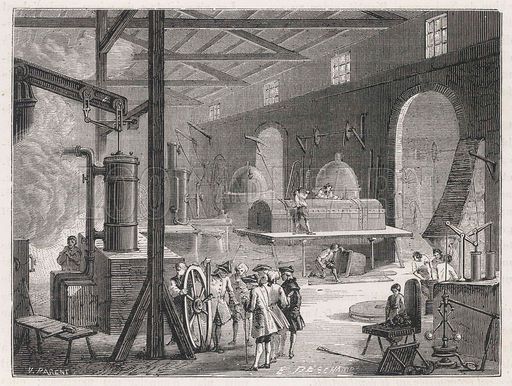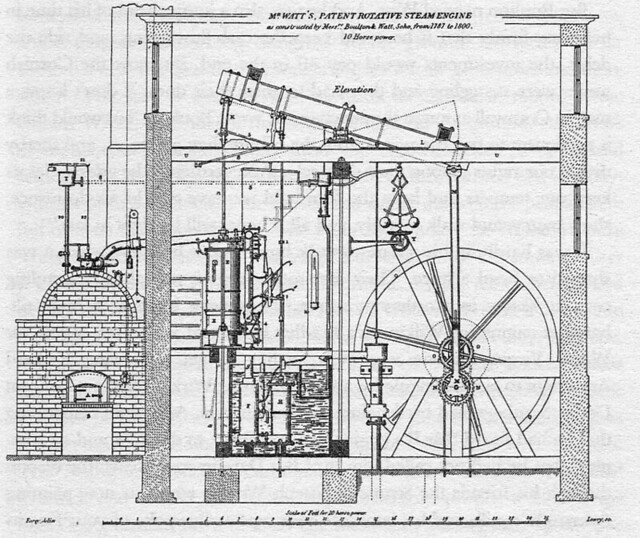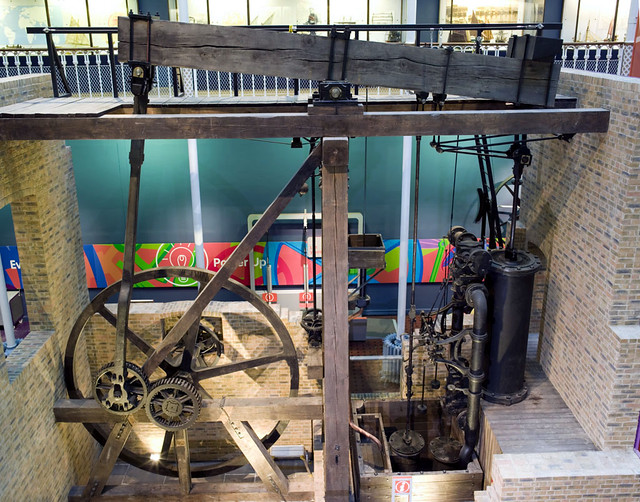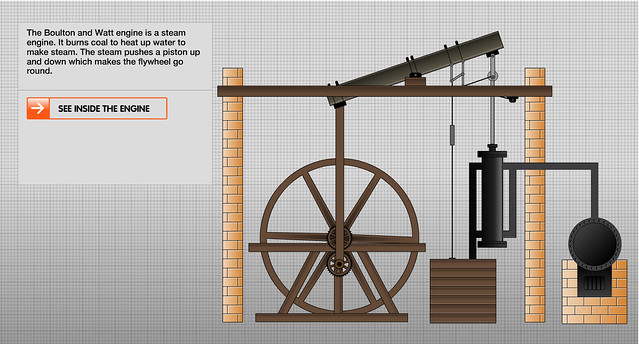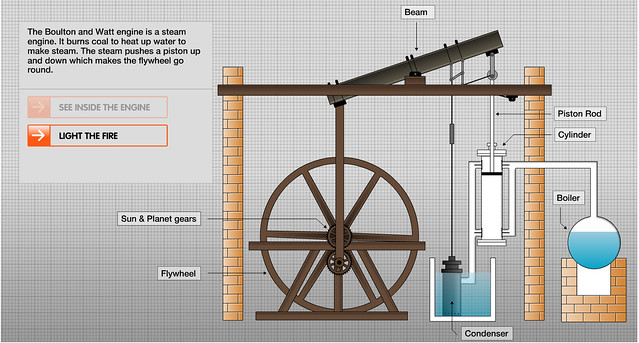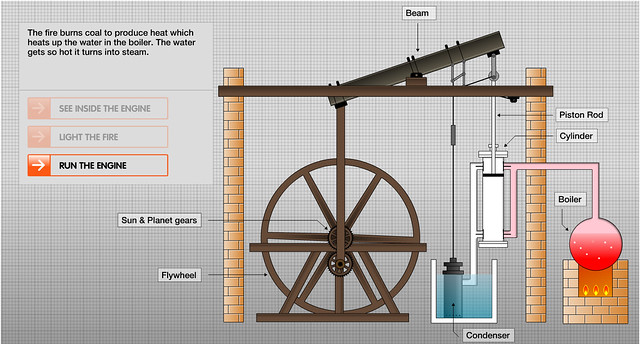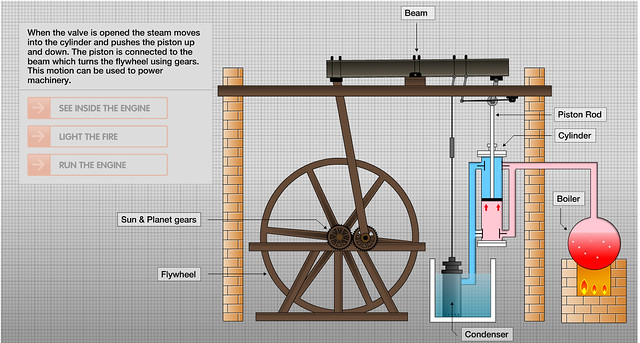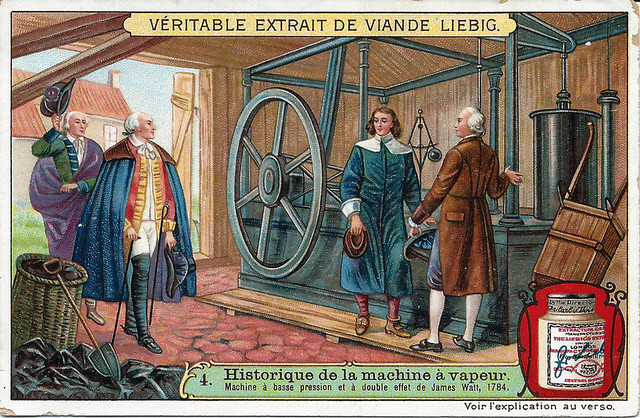![]()
Today is the birthday of William McEwan (July 16, 1827-May 12, 1913). He was a Scottish politician and brewer. He founded the Fountain Brewery in 1856 (later known as McEwan’s), served as a member of parliament (MP) from 1886 to 1900.”
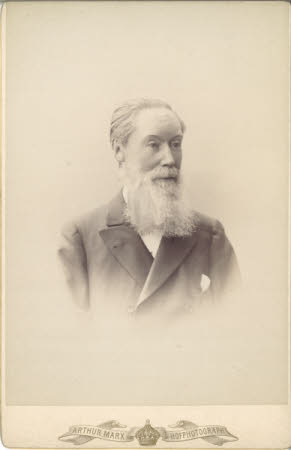
Here’s a short biography from the University of Glasgow:
William McEwan, the son of John McEwan, shipowner of Alloa, Scotland, was born in 1827. He served his apprenticeship with John Jeffrey, an Edinburgh brewer, and in 1856 he established his own business, the Fountain Brewery, in Fountainbridge in Edinburgh. He quickly established a large Scottish market and in the 1860s built up a successful colonial export trade. His sister married James Younger, an Alloa brewer, and one of their sons, William, joined his uncle’s business. When William McEwan entered politics in 1886, William Younger became the firm’s manager.
William McEwan & Co Ltd was registered in July 1889 as a limited liability company to acquire the business at a purchase price of GBP 408,000. The company acquired the trade and goodwill of Alexander Melvin & Co of the Boroughloch Brewery, Buccleuch Street, Edinburgh, in 1907. It merged with William Younger & Co Ltd, Abbey Brewery, Holyrood Road, Edinburgh, to form Scottish Brewers Ltd in 1931, and that company merged with Newcastle Breweries Ltd in 1960 to form Scottish & Newcastle Breweries Ltd. The Fountain Brewery was closed by S & N at the end of 2004.
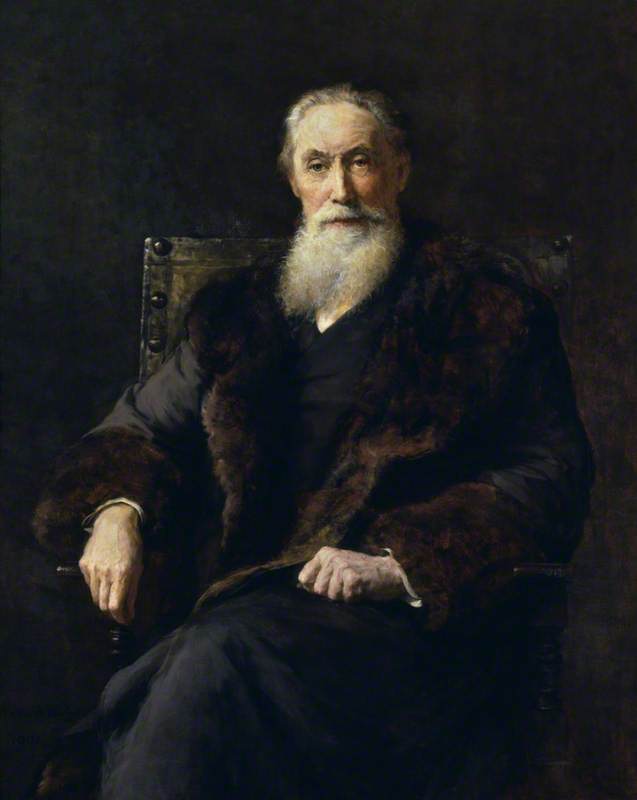
Here’s an account of his early life from Wikipedia:
McEwan was born in Alloa, Scotland in 1827, the third child of ship-owner John McEwan and his wife Anne Jeffrey. His older sister Janet married James Younger head of his local family brewing business in 1850. He was educated at Alloa Academy. He worked for the Alloa Coal Company and merchants Patersons.
He worked in Glasgow for a commission agent and then as a bookkeeper for a spinning firm in Yorkshire.
From 1851 he received technical and management training from his uncles, John and David Jeffrey, proprietors of the Heriot brewery in Edinburgh. In 1856 he established the Fountain Brewery at Fountainbridge in Edinburgh with money from his mother and his uncle, Tom Jeffrey. After growing sales in Scotland, his nephew William Younger of Alloa began an apprenticeship with him and eventually became managing director. Exports were made to Australia, South Africa, New Zealand and India, with McEwan’s having 90% of sales in north-eastern England by the turn of the century. The brewery became part of Scottish & Newcastle.
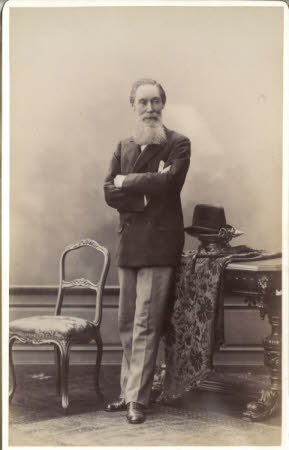
McEwan became a member of parliament for Edinburgh Central after the 1886 general election, representing the Liberal Party. He was returned unopposed in 1895 and continued to serve until 1900. He became a Privy Counsellor in 1907, but declined a title.
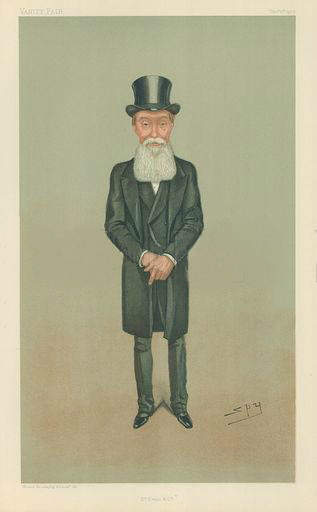
In Vanity Fair, 1902.


